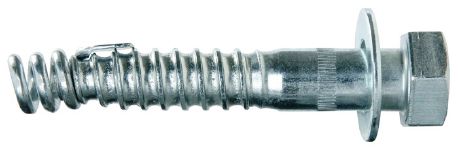
“Hmmm. I’ve slung all my shit together but the rope doesn’t quite make it to the edge. Dang! I wish there was a way I could extend the dyneema sling I tied off short to my quick draws…”
Imaginary conversation. I often construct these sorts of conversations when I encounter a jive-ass rock climbing anchor in an attempt to put myself into the head of the person who constructed it. This is the narrative that came to mind in this case. Why couldn’t this be extended just another few inches? I see no reason. And while we’re at it, who top ropes through a pair of rappel rings? Where they worried about wearing grooves in those quick draw biners? How long are they planning to top rope here?
This Jive-Ass rock climbing top rope anchor was digitally captured in the wild by Devin Prouty at Goat Rock in Castle Rock State Park in California’s Bay Area. Devin says there are frequently J.A.A.s to be found there. But wait, we’re not done with this one yet. There is more jive-assery. Usually I start at terra firma and work my way to the powerpoint, but today let’s work in the other direction. So here’s the bit that comes next.
Are soft goods girth hitched directly to soft goods? Yes. Yes they are. We’ve discussed this problem many times, for instance, here and here and here. Despite covering this topic over and over again the practice apparently continues, which shows what a fat lot of good this blog is doing!
I know you’re looking at those two slings stretched into those two locking carabiners. Wait for it…
—and here they are! Question #1 from yours truly: hey, I see you have not one but two locking carabiners there at that connection point in your fancy anchor system, but you don’t have any carabiners at the next connection point. I appreciate the extra redundancy here and all, but if you’re short on biners you might have…um…moved one of these lockers to that jive-ass girth hitch point.
Weird side loading on those lockers due to slings pulling at opposite angles? Maybe so. I don’t know how those things are attached to planet earth. Certainly not ideal.
I do want to make an announcement though. Some people on various climbing forums, the climbing sub-Reddit, etc. will occasionally wag their virtual finger, insisting that people should not be photographing jive-ass anchors to post on a blog for our fun and entertainment. No, instead, they should be instructing and correcting the fabricators of said jive-ass anchors so that they might mend their jive-ass ways, become enlightened, and climb safely in the future. Point well taken, even if it takes earnestness to a level that threatens to suck just a little bit of joy out of life. These people are correct, of course. We should all take the initiative to point out unsafe aspects of the climbing anchors we see in order to keep others from harms way. It’s the right thing to do.
To that end, I want you all to know that Devin was a good Samaritan. He informed the party responsible for this anchor about some of the jive-ass-pects of their anchor. Now you have to be delicate about this, because we climbers are a bunch of know-it-alls and we don’t always take criticism well. One might suffer a punch in the nose, or at the very least some scornful looks when one tries, ever so delicately and diplomatically, to tell a person that his or her climbing anchor may not be up to snuff. Devin reports that this party untied a sling (the dyneema one near the powerpoint I suspect) so that the rap rings at lest hung over the lip. They also offered some excuses about expecting to be able to use non-existent bolts.
Here is what we can’t see, according to Devin: “the green and blue/white sling are girth hitched to several other short slings that are run around a large mushroom of rock at the top of the cliff.” Oh my…
Location: Castle Rock State Park, California, USA
















